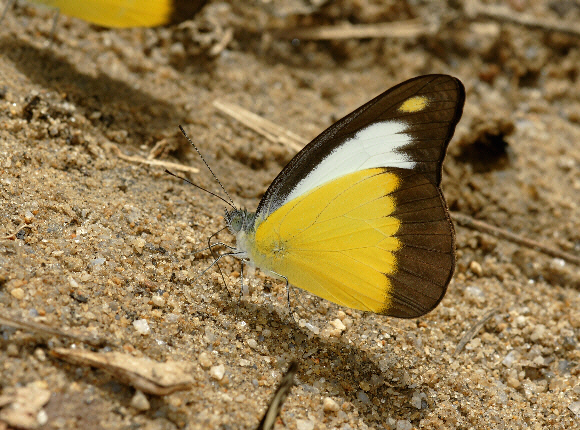
Introduction
There is a certain amount of conjecture among entomologists regarding the classification of Appias. Some consider that the South American species drusilla, and the African sylvia and lasti belong in this genus, while others prefer to place them in Glutophrissa. Disregarding those, there are about 23-28 species that are currently accepted as members of Appias, comprising 7-8 species from the Australian region, and 16-20 from the Oriental region. The estimates vary because of uncertainties about the status of some taxa which are variously regarded as either true species or subspecies.
Appias lyncida is distributed from India and Sri Lanka to south China and Taiwan, the Philippines, Malaysia, Sumatra, Borneo, Sulawesi and Java.
Habitats
This species is common in open forested areas at elevations between sea level and about 1000m.
Lifecycle
The caterpillar is yellowish green, with yellow stripes along the back and sides. It feeds on Crateva religiosa and Capparis micracantha.
Adult behaviour
Males congregate, sometimes in groups of 50 or more, to imbibe mineralised moisture from damp patches of ground in full sunlight. They are strongly attracted to urine soaked soil, and to mineral-rich sand on recently exposed river beaches in heavily forested areas. If disturbed they fly up in a swirling mass, but resettle to resume feeding at the same spot within a few minutes. Females are normally only seen when flying in search of egg-laying sites within the forest.
